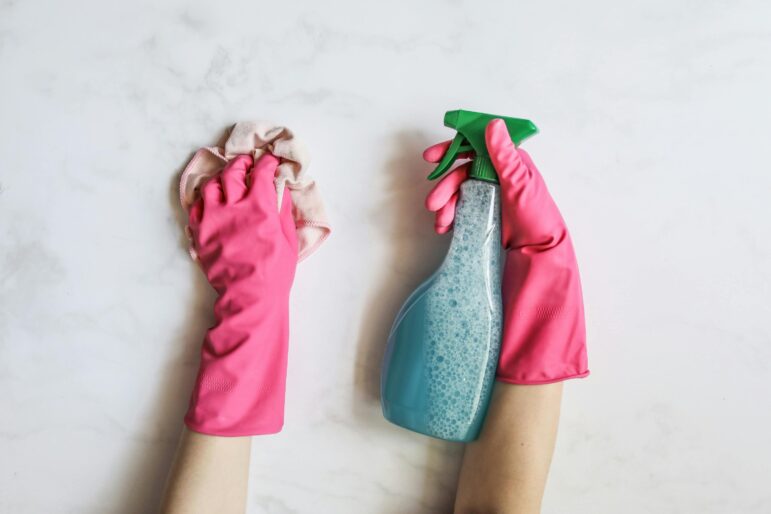With sanitization and hygiene being in the spotlight so much these last few years, cleaning products have also come under scrutiny, as the global market is expected to reach $18.75 billion by 2033 with an annual growth rate of 5.1 per cent.
This expected growth could be attributed to the heightened focus on sanitation, reducing the spread of germs, and improved indoor air quality, but the increased competition in the marketplace could make it hard for new brands and products to emerge.
Getting greener
As more and more companies set and work towards ESG (environmental, social, and governance) goals sustainable products and practices continue to be a priority. The demand for products that are not harmful to the environment, are biodegradable, and have sustainable packaging continues to rise, as more and more clients get greener.
High-traffic areas are a concern for many businesses, making sanitizing door handles, counters, shared equipment and more, a critical part of cleaning. Because so many people are in contact with those areas each day, there has been a growing desire for cleaners to use more natural and non-toxic ingredients, promoting a greener approach to the environment, as well as prioritizing wellness.
RELATED: Understanding green labels for safety
Increased sanitation
The heightened attention to sanitation has not waned, and trends are emerging to better address the high levels of expected hygiene. Electrolysed water is one such innovation, providing an on-demand supply of disinfectant found to be up to 80 times better at killing pathogens, bacteria, and other microbes. Using technology similar to what’s used in saltwater pools, this practice is also environmentally friendly, without harsh chemicals.
Longer life expectancy
Some companies are looking to protect their investment with cleaning products that cause as little damage as possible, while still cleaning and sanitizing. Salt-free products are becoming more popular, limiting the damage done to fabrics and surfaces that occurs over time with harsh chemicals.
As customers continue to request more frequent deep cleans and the demand for heightened hygiene and sanitation remains, commercial cleaners need to take product trends and client preferences into account to grow their businesses into the future.










